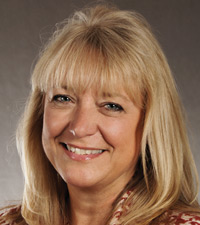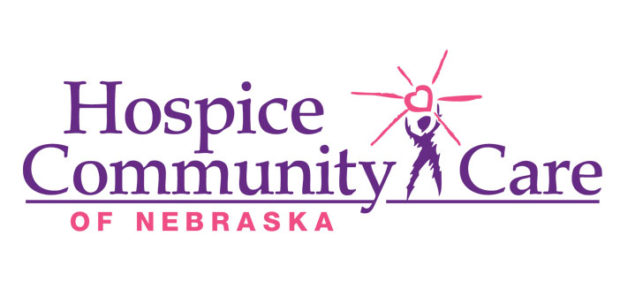Eight Timely Truths About Hospice
Since the first hospice opened in the United States in 1974, its use has increased steadily. It is estimated that one in four people who died in 2000 used hospice care, and that number continues to grow. But still hospice remains a widely misunderstood resource. In 2002, the White House declared November National Hospice Month in recognition of the dedication of hospice workers and in order to increase awareness about hospice services. In honor of the occasion, Hospice Community Care of Nebraska would like to dispel several common myths about hospice.
- Myth: Hospice is a place to go. It is a philosophy of care and way of helping people live out their lives with as much comfort and dignity as is possible. Hospice come to where you call home.
- Myth: Hospice is only for cancer patients. Diagnoses of any type of end-stage diseases or symptoms qualify a patient for hospice. These can include (but are not limited to) cardiac, pulmonary, cardiovascular, renal, liver, and neurological diseases, Alzheimer’s, diabetes, AIDS, multiple system failure/nutritional debility, Parkinson’s, and dementia.
- Myth: Hospice is only for the very young or very old. A patient’s health status determines whether they’re eligible for hospice, regardless of their age.
- Myth: Hospice means giving up all my medication. The only type of medication that is NOT covered under hospice services is curative treatment. Pain, mood, and blood pressure medications, for example, are still administered. With Hospice Community Care of Nebraska, you may also retain your personal physician.
- Myth: Hospice is only for members of certain religions. Hospice Community Care of Nebraska serves all people, regardless of their beliefs. Spiritual counselors are available to meet their patients’ needs, whatever they may be.
- Myth: I don’t need hospice if I am in a nursing home. Facility nurses do an amazing job, but hospice can provide patients with even more attention. Hospice Community Care of Nebraska which serves all counties in north and south Denver, sends in a team which includes a nurse, who provides pain and symptom control, a nurse’s assistant, who provides shower and meal assistance, a social worker, a chaplain, and volunteers, who can provide anything from companionship to massage and pet therapies to art and music activities. The hospice team works with facility staff and supplements the efforts of hardworking nurses.
- Myth: Hospice isn’t affordable. For eligible patients, Medicare part A hospice benefit covers 100% of many costs, including medications associated with terminal illness, a personal physician, durable medical equipment such as oxygen, hospital beds, specialty mattresses, and incontinent supplies, registered nursing visits available 24 hours a day, state tested nursing assistant visits, licensed social worker visits, chaplain visits, physicals, speech and occupational therapists visits, a dietician, a pharmacist, and bereavement follow-up for the patient’s family. Other sources such as Medicaid and private insurance may cover hospice costs also.
- Myth: Hospice isn’t necessary until someone has only a few days left to live. The sooner hospice workers see a patient, the more quality end-of-life care they can provide. One of the most often received complaints from families of former hospice patients is that they wish they would have called sooner.


